Welcome (or welcome back!) to Multifaceted. I’m Jess Barker, here exploring what it means to find direction and fulfillment in a multi-passionate creative life. ✨
Hello again, friends! This week’s post is sprinkled with film photos from a recent trip to the tulip festival. These are the raw, unedited scans I got back after having the 35mm film developed. A welcome splash of color in your inbox, I hope!
But if all the images mean this post is too long to view in your inbox, you can find the full version here. Thanks for reading!
“Hey mom – do you still happen to have your film camera? Just curious!”
I sent that message to my mom (hi mom!) earlier this spring – but I wasn’t just curious.
I was knee-deep in daydreams about picking up old-school film photography again, for the first time in 14 years.
I feel kind of old saying “for the first time in 14 years,” because it really doesn't feel like it was that long ago. My hands still remember the choreography of cranking fresh 35mm film onto spools in pitch-black bags held inside pitch-black closets. I can smell the familiar fumes of photo-developing solutions, their ripples glowing red under the darkroom light.
But maybe more importantly, I remember that spark I felt: The anticipation while developing the negatives I captured days or weeks before. And while dipping crisp white sheets of photo paper into chemical baths, watching images reveal themselves, slowly, like invisible ink appearing.
I remember how it all felt like it was yesterday – the process being half artistic, half scientific, and fully magical.
And so, when my mom brought over the old film camera a few days later, I couldn’t contain my excitement.
There was a roll of expired film tucked into a loop of shot elastic in the 90s-era camera bag. And the Canon camera body was all in one piece.
I gave it a look-over, peeking through the viewfinder and rotating the zoom lens. But my fingers stuck to the tacky lens casing, lifting a patchy tar-like residue with every movement. I quickly set the camera down.
Yuck. That’s not gonna work.
Within minutes, I was scoping Facebook Marketplace for a potential lens replacement or, better yet, a unicorn camera – somebody’s mint-condition gear being sold for a song. Might as well take a look and see what’s out there… right?
Well, if that isn’t a slippery slope.
Turns out, a little rubbing alcohol and a lot of Q-tips were all I needed. In no time, I had a totally clean, fully operational film camera in my hands – for free!
Golden Rule #1: When picking up a new hobby, be resourceful. Don't spend a dime where you don't have to.
The next morning, I made plans to stop by the local camera store.
I’m SO grateful I can say there’s still a local camera store within driving distance – but I was a little nervous about stepping inside. In my experiences, these sorts of places – you know, the record shops, the thrift stores – they’re not always the most welcoming.
“Who do you think it’ll be?” I asked my husband over breakfast. “The grumpy old guy or the gangly kid who avoids all eye contact?”
But before I had stepped far enough inside to figure out where they stocked the film, I was greeted by a very kind woman. She made me feel exactly like I belonged there, in the camera store, surrounded by Avedons and Man Ray poster prints.
She answered all my questions about their developing process, the types of film stock they sold, and which would work best for sunny days outside.
“And you have the perfect subject right there!” she added, nodding toward my daughter.
Golden Rule #2: Don’t be shy; try getting out of your head and talking to someone who can help and encourage you. And remember: Even as a beginner, you belong in whatever creative space you want to try out.
As we chatted, she showed me where they stocked the higher-end portraiture film, the black-and-white film, and everything in between. I liked her suggestion to start by shooting one or two rolls of less-expensive film to ensure the camera worked properly.
I brought up the roll of expired film. “What about starting with that?”
“Ah, but then it wouldn’t be a true test,” she explained. “If the negatives don’t turn out right, you won’t know if it’s a problem with the film or the camera itself.”
Golden Rule #3: You don’t have to start a new hobby with top-of-the-line materials, but super scrappy stuff might not be so good, either. Start with decent-quality supplies to allow yourself a solid introductory experience and a good sense of how the craft is supposed to go.
When I get excited about a new hobby or project, I usually fantasize about how this will become My Thing™ and how I’ll get really, really into it. And whenever I do get into something, things snowball quickly. I get about as carried away as the little piggie in the picture book, If You Give a Pig a Pancake. (There’s tap dancing! Photoshoots! Living room renovations! It’s total realism.)
So, inside and outside the camera store, I researched a lot of possibilities.
If I want to print my own photos directly from the negatives, are there any darkrooms in town?
Turns out, our nearby community college offers film photography classes and darkroom access for students. (So tempting!)
What if I want to try DIY film developing or photo printing in my basement?
The camera store sells those kits for a hundred-ish dollars apiece, and I could look for an old enlarger and other gear on Facebook Marketplace or eBay. Some people are trying to sell off complete darkroom setups. (Also tempting!)
If I want more flexibility, could I use the Nikon lenses I already have for my digital camera with the Canon film camera?
I learned that the Nikon and Canon items aren’t compatible, and the cross-brand adapters aren’t ideal. So, I compared the cost of buying used Canon lenses versus a used Nikon camera body. (Hmm… this photography fantasy is getting expensive, no?)
From a forecasting standpoint, it was helpful to find out that it’d be at least a few hundred dollars for any developing kits plus more for lenses or classes or darkroom supplies… and that’s on top of buying film, getting it developed, and getting the digital scans back. (Until now, I never fully appreciated how cheap of a pastime writing is!)
Golden Rule #4: Without going overboard, research a few steps ahead if it helps you get a realistic sense of the hobby and discipline. It’s good to know what you’re getting into, what resources you might want or need, and what might be up next if your new hobby develops into a true passion.
I’ve developed my own black-and-white film before and it’s pretty straightforward. With spring in full bloom, though, I want to shoot in full, vibrant color. I asked the woman at the camera shop about the practicalities of DIY-ing that at home.
Suddenly, a man in my periphery rolled backwards from his computer desk and swiveled to face us.
“Don’t do it,” he sighed. “Black-and-white is one thing, but C-41 processing at home…? It’s just so complicated. It’s not worth it. Just… yeah. Don’t bother.”
I had to laugh at the surprise advice from our impassioned eavesdropper. But the hints of defeat in his voice told me all I needed to know. I like to explore and dabble; I’m not about to sign myself up for guaranteed exasperation.
But it’s something to keep in mind: I might have to let go of color if I end up wanting to be more hands-on in developing film at home.
Golden Rule #5: Keep an open mind about alternative directions with your hobby. Your initial vision might not be possible, practical, or fun after all. Start somewhere and see where the experience takes you.
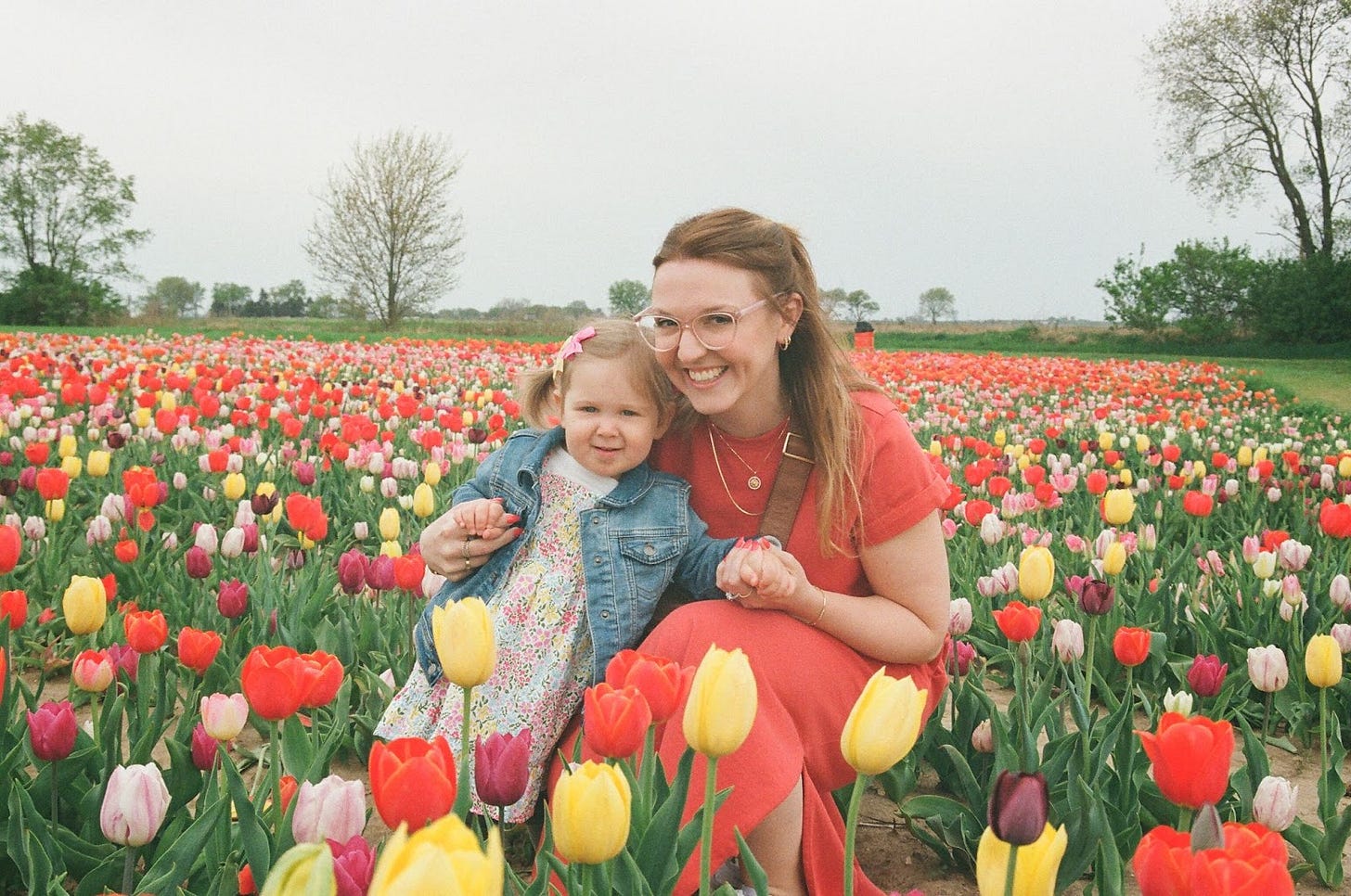
Back home from my little excursion, I loaded up my new (non-expired!) film, clicked the cover closed, and swooned at the first nostalgic ka-chunk-WHIZZ announcing the camera was ready to start shooting.
Before I did, though, I flipped through its operating manual to brush up on the different settings and fun features like double exposures and dual-point focus – and then I started playing around with them. I wandered around the garden with my camera and even brought it to the farmer’s market.
Golden Rule #6: At first, let go of any expectations and don’t worry about the final product. Just experiment – and have fun! That’s the whole point of a hobby, right?
Sometimes I agonize over different creative ideas, unsure of what to start on next. But this film camera stuff was a totally random impulse. Why?
Well, lately I’ve realized I’m on a journey to embody more of the full creative me. I used to shoot on 35mm in high school. In college, I took part in making some short films – one of which had a plot about a girl discovering mysterious old film negatives.
To this day, I'm always snapping pictures of everyday moments and whatever catches my artistic eye. I actually create and print photobooks throughout the year to preserve all those memories.
In many ways, photography is a gratitude practice for me. And I like the idea of trying to tease a little of that away from my smartphone existence. Plus, I’m interested in being more deliberate about slowing down, seeking, noticing, and weaving all of that into my creative life.
So, picking up a film camera again makes me feel simultaneously in touch with my past self and my present self.
But if this hobby falls flat for whatever reason, or maybe when I decide to move on, I can always reconnect with my “why” to find other avenues for expression.
Golden Rule #7: If you’re drawn to a new hobby, ask yourself why. Connect with that “why” and let it guide you deeper into your creative path.
Have you been daydreaming about or dabbling in any new hobbies lately? I’d love to hear about them and how you’re planning to get started!



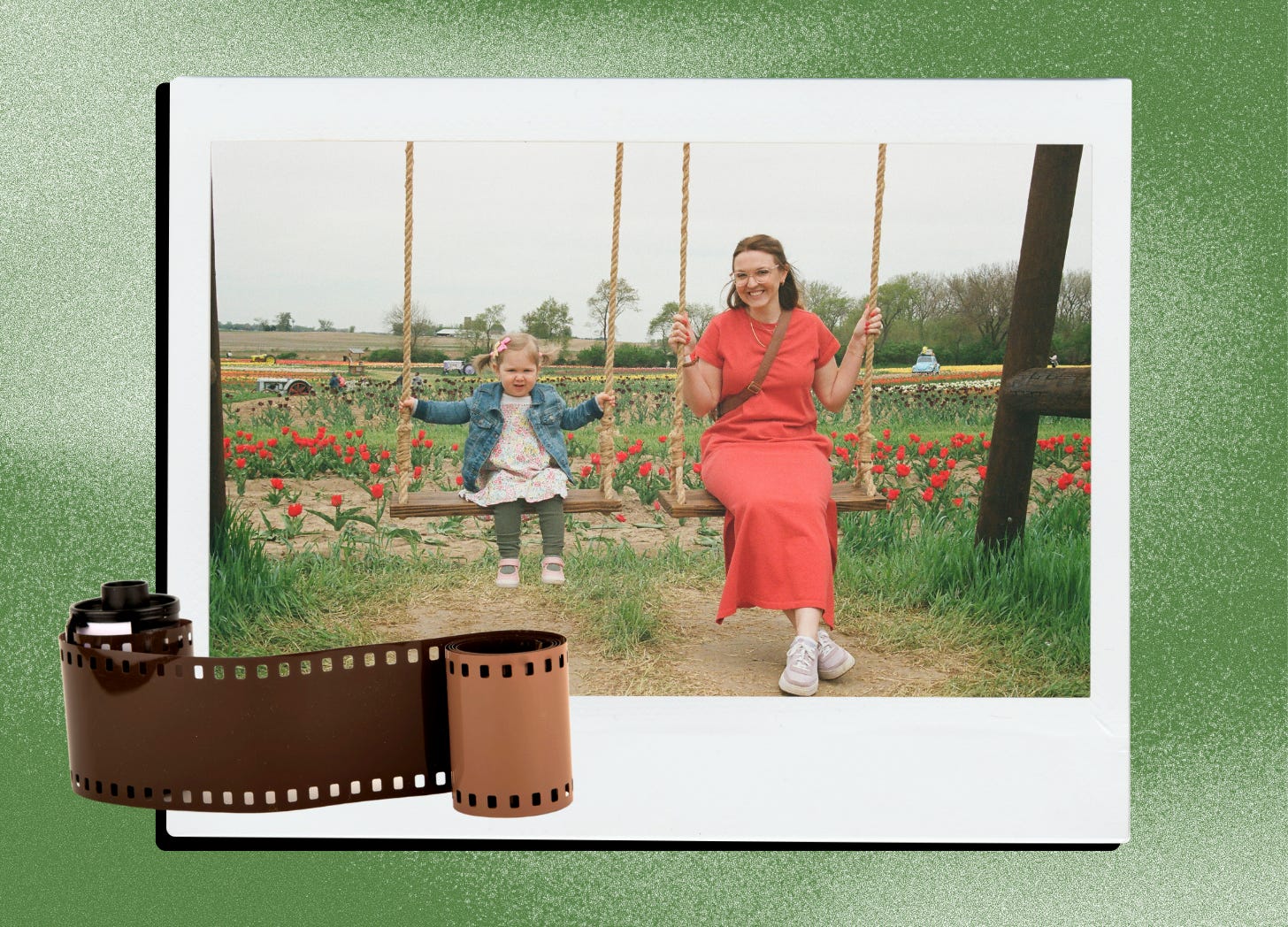

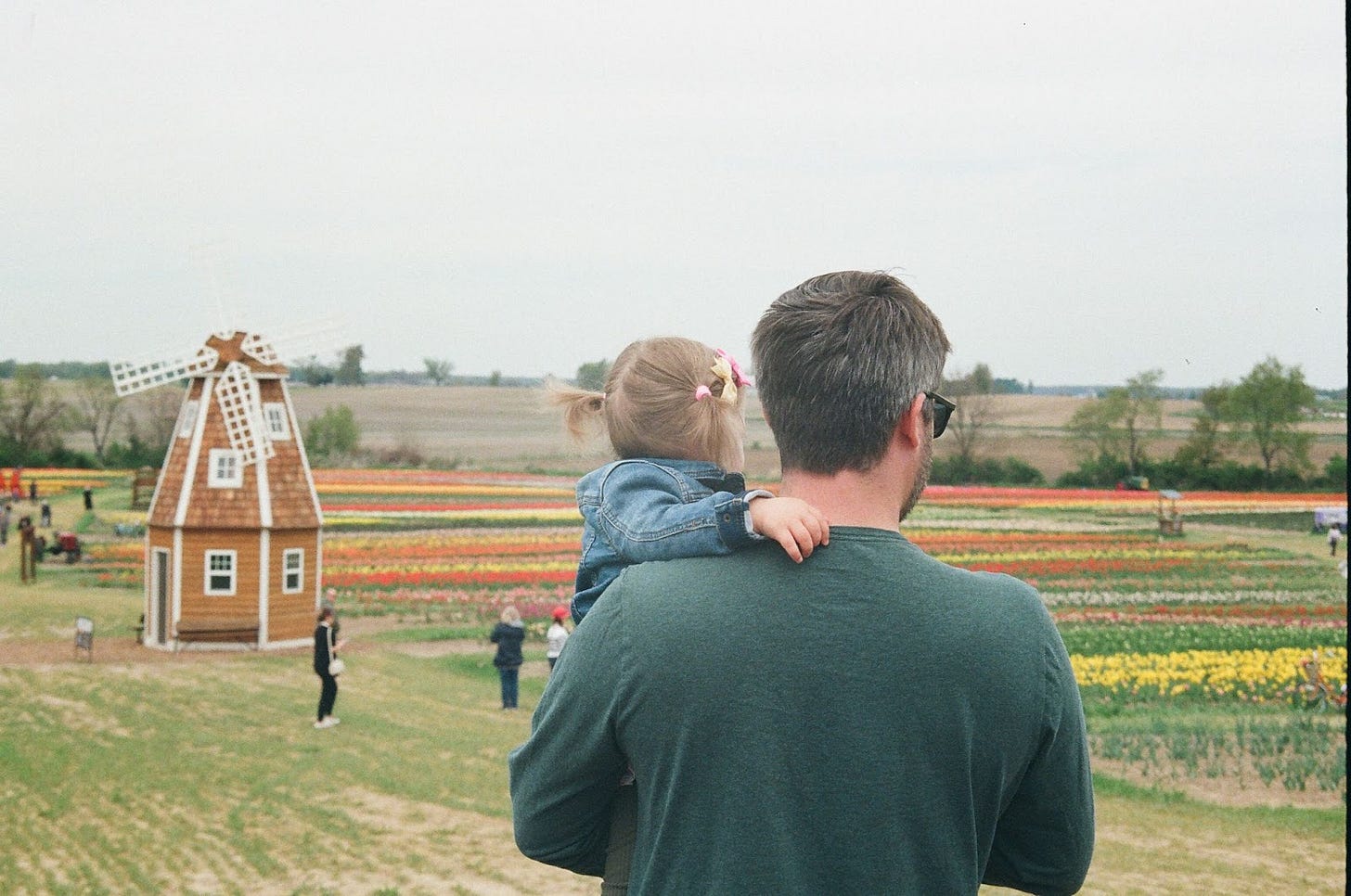
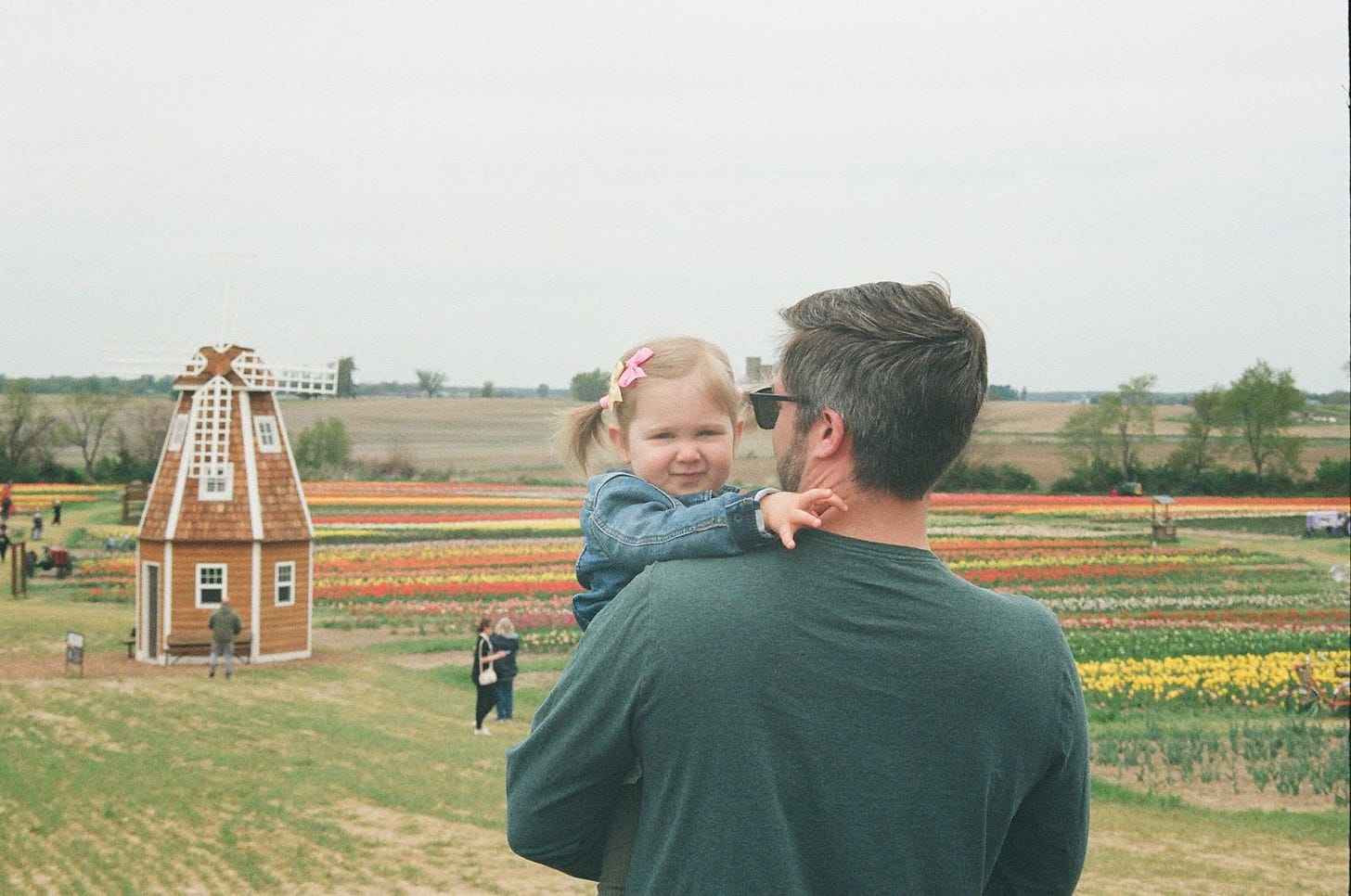

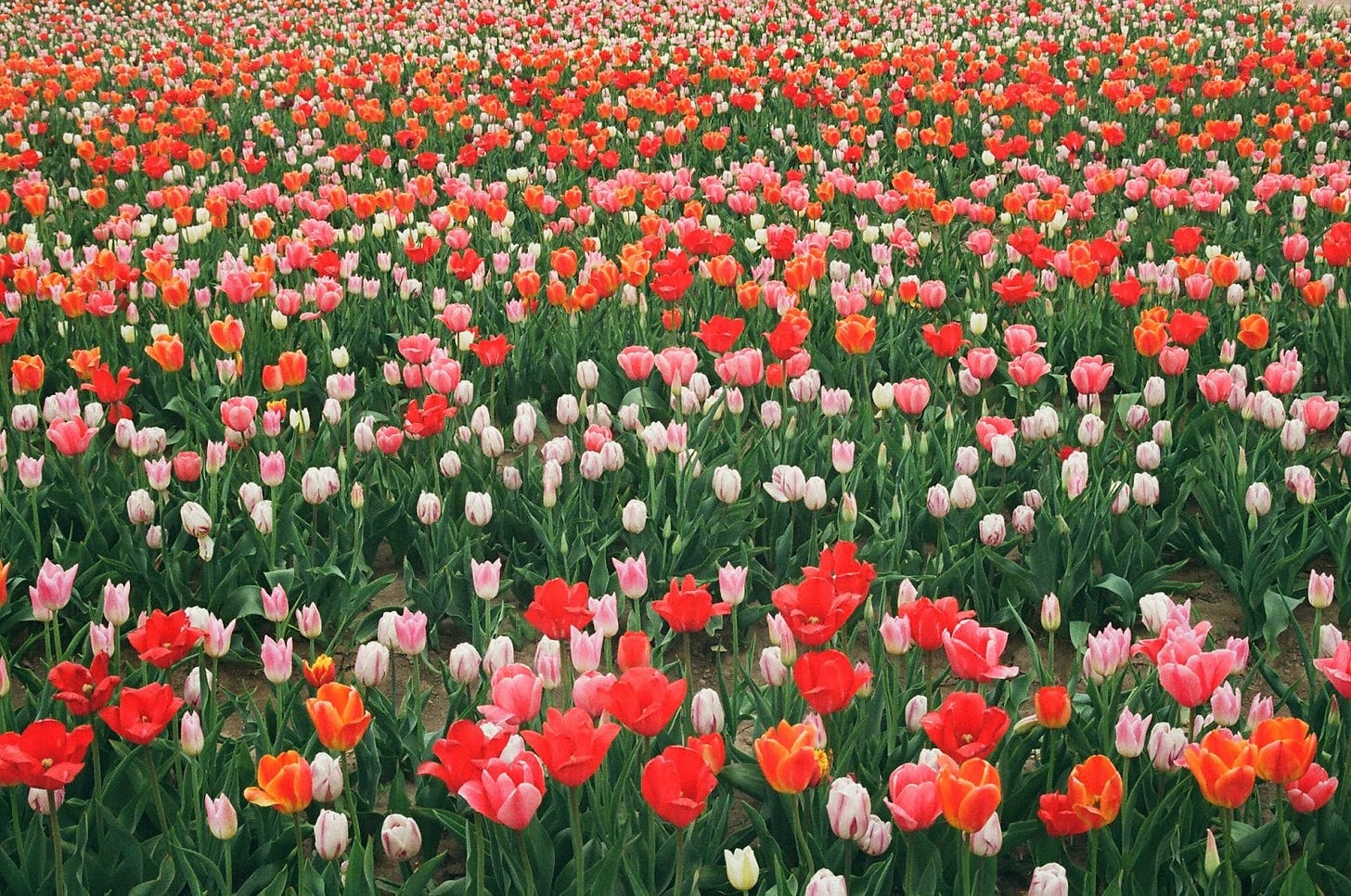


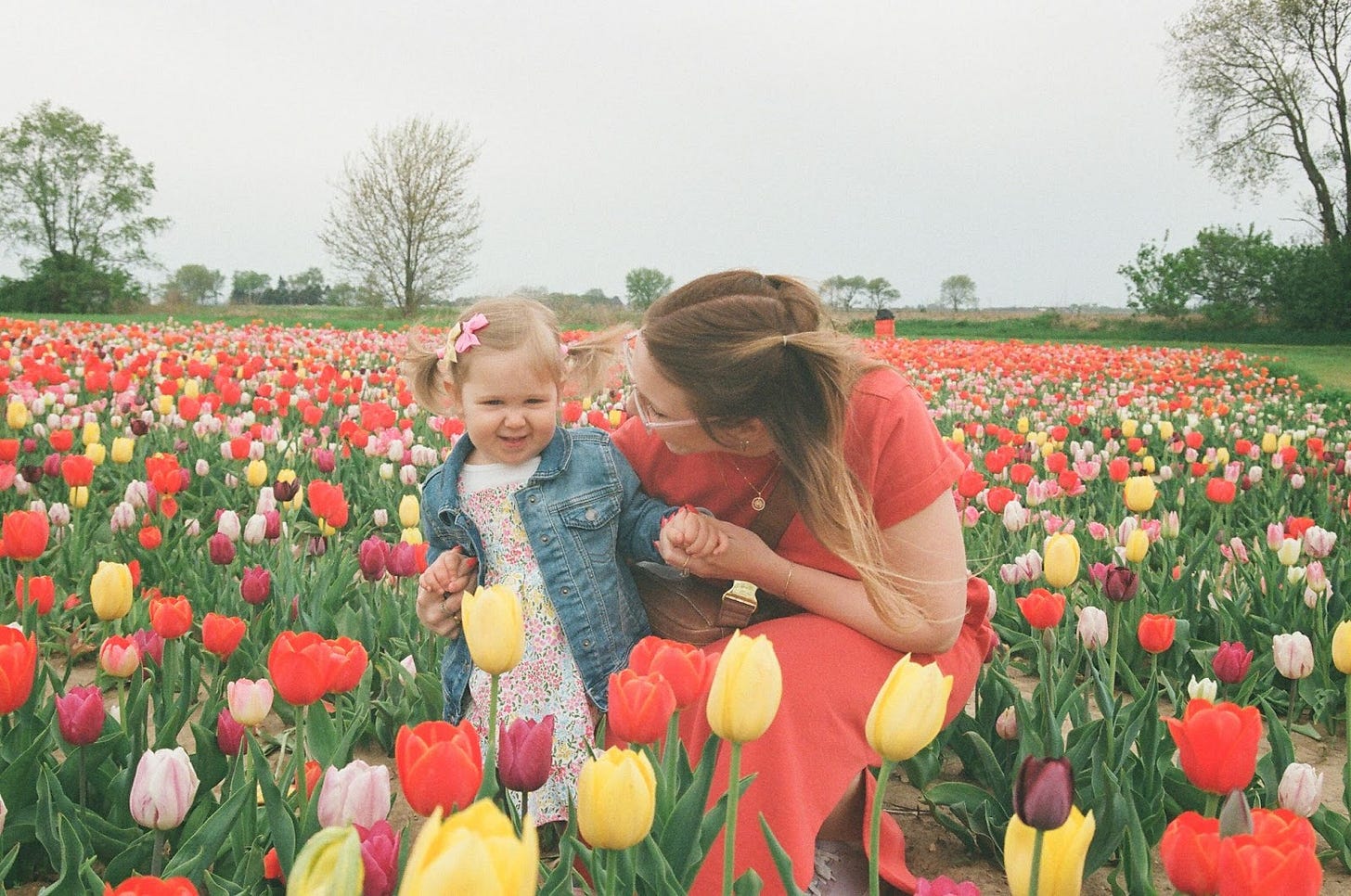

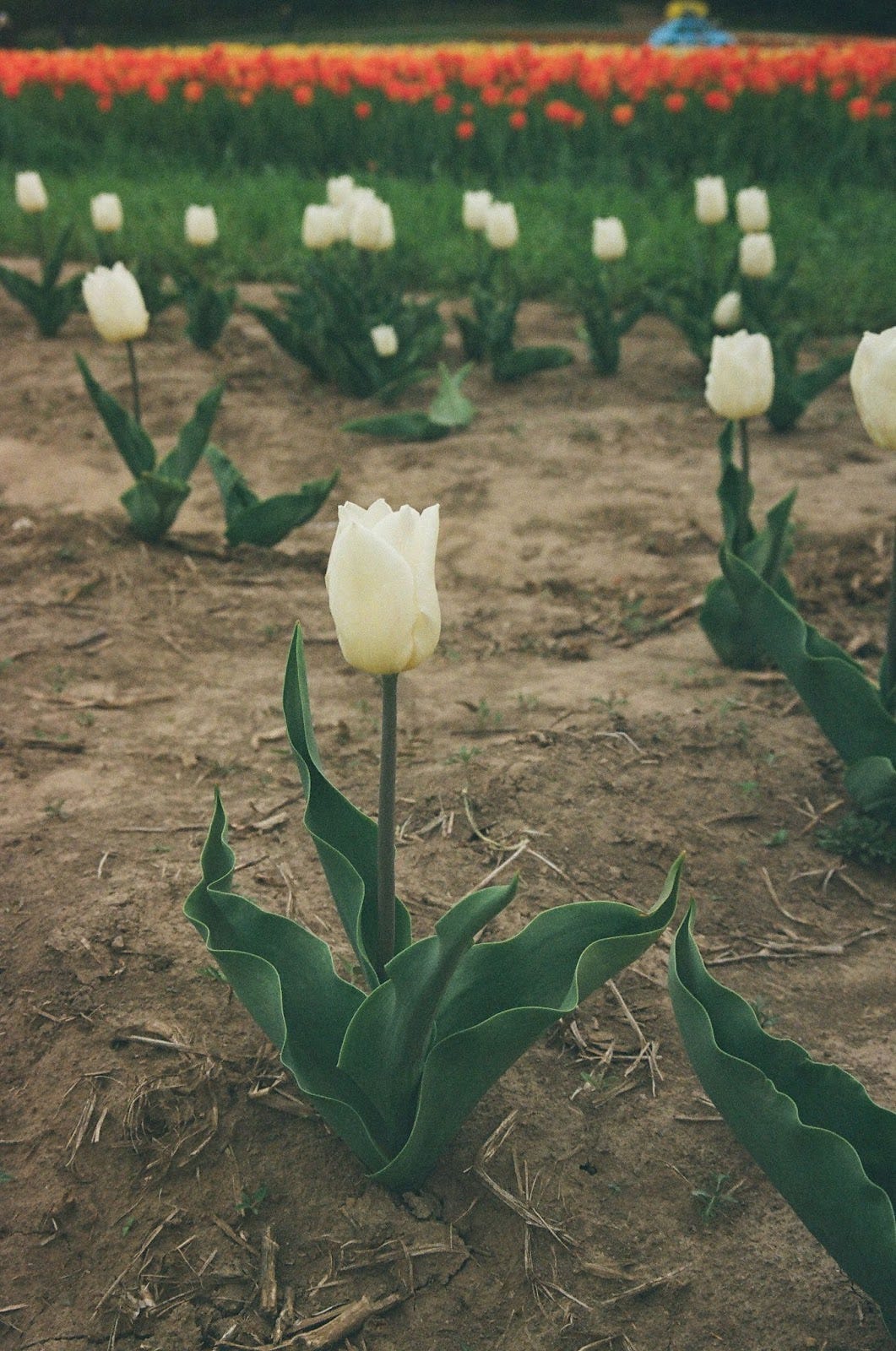





How cute is your daughter and these photos!! I love the natural grain/texture of the film, too. I also think there's something special about the time it takes for photos to develop - almost like learning a new skill, you have to be patient. The lack of immediacy makes the act more mindful ✨
What a fun exploration! And your images are GORGEOUS 😍